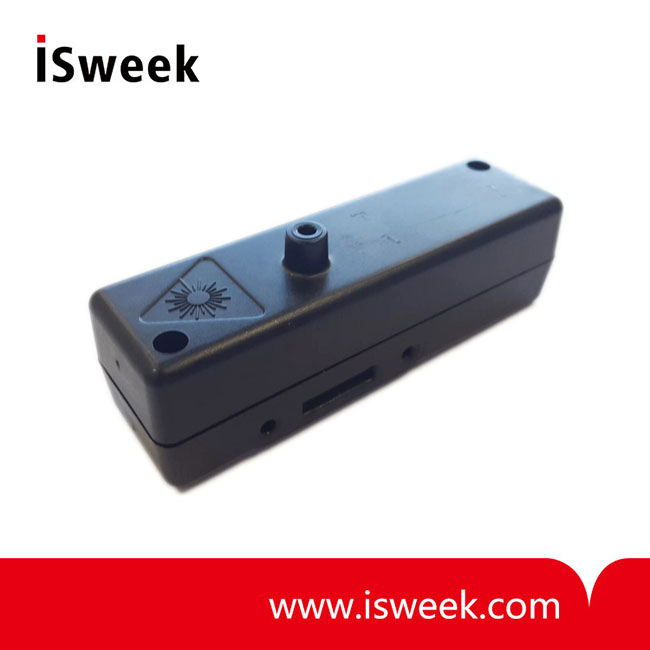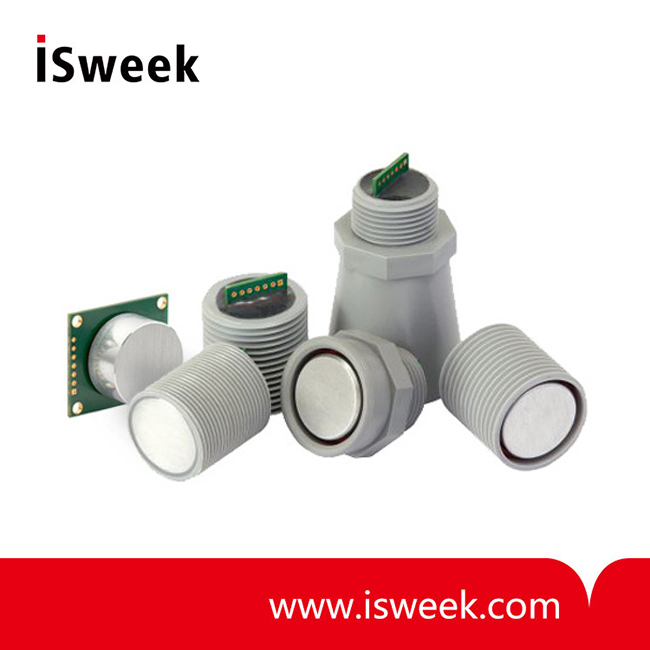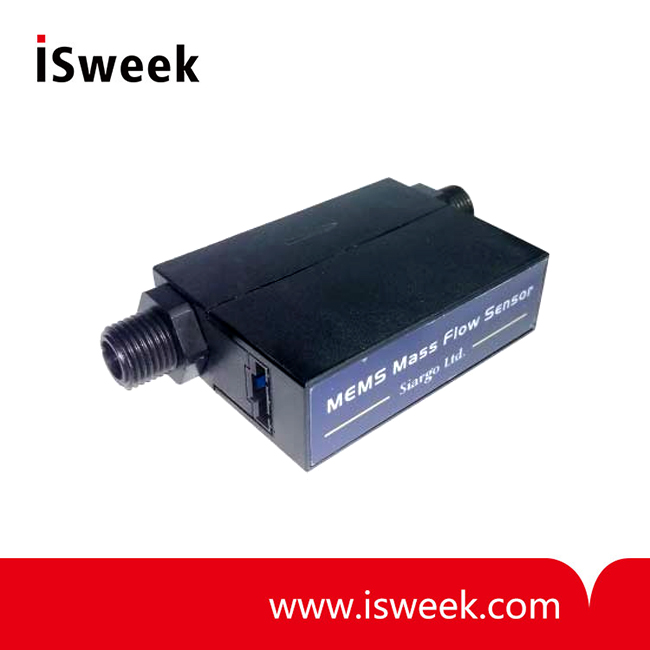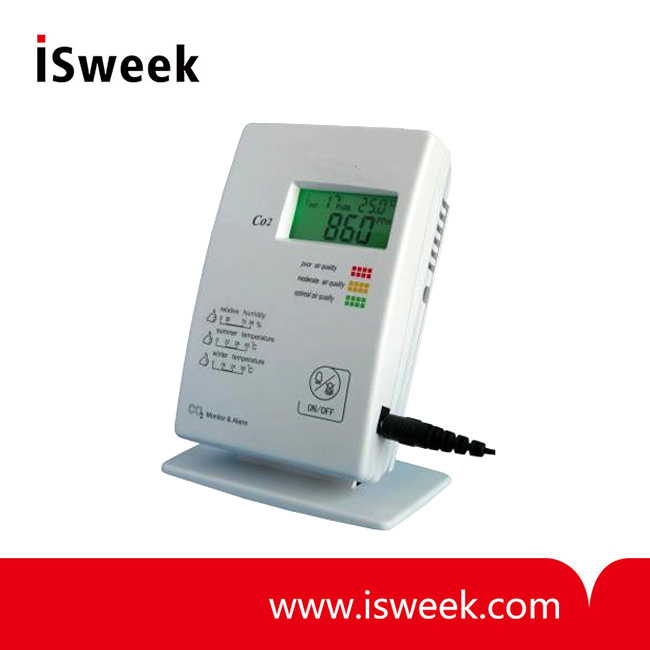Ultraviolet-C (UV-C) light, spanning 200–280 nanometers (nm), is a powerful disinfectant used to neutralize bacteria, viruses, and pathogens. Unlike UV-A and UV-B, UV-C is almost entirely absorbed by Earth’s atmosphere, making artificial UV-C sources critical for sterilization in healthcare, water treatment, and air purification. However, monitoring UV-C intensity is essential—underdosing fails to kill microbes, while overdosing damages materials and poses health risks. This is where UV-C sensors like the GUVC-S10GD play a vital role.

How UV-C Sensors Detect Light: Core Principles
UV-C sensors convert UV light into measurable electrical signals. Traditional silicon-based sensors struggle with UV-C detection due to poor sensitivity and interference from visible/IR light. Advanced sensors like the GUVC-S10GD overcome these challenges using innovative materials and designs:
1. Aluminium Gallium Nitride (AlGaN) Semiconductor
-
Solar Blindness: AlGaN’s wide bandgap (≈4.4 eV) makes it sensitive only to UV-C (220–280 nm), ignoring visible and infrared wavelengths. This eliminates false readings from ambient light.
-
Durability: Resists degradation under prolonged UV exposure, ensuring long-term reliability.
2. Schottky-Type Photodiode Structure
-
Photovoltaic Mode: Generates current without external voltage, reducing power consumption.
-
High Responsivity: Converts 0.07 amps per watt (A/W) of UV-C light into electrical signals, enabling precise low-intensity detection.
3. Active Area Optimization
-
A compact 0.076 mm² sensing area allows integration into small devices without sacrificing accuracy.
Key Specifications of the GUVC-S10GD UV-C Sensor
1. Performance Metrics
-
Spectral Range: 220–280 nm (pure UV-C).
-
Responsivity: 0.07 A/W.
-
Dark Current: ≤1 nA (minimizes noise).
-
Temperature Stability: -0.07%/°C coefficient ensures consistency from -30°C to 85°C.
2. Robust Design
-
Operating Range: Functions in extreme temperatures (-30°C to 85°C) and handles optical power from 0.1 µW/cm² to 100 mW/cm².
-
Soldering Compatibility: Withstands reflow soldering at 260°C, ideal for industrial manufacturing.
Applications of UV-C Sensors
1. Sterilization Lamp Monitoring
-
Ensures UV-C germicidal lamps in hospitals, labs, and HVAC systems emit the correct dose to kill pathogens.
-
Alerts users to lamp aging or failure.
2. Water Purification Systems
-
Validates UV-C intensity in treatment plants to neutralize harmful microorganisms like Legionella.
3. Consumer Devices
-
Integrated into portable UV-C sanitizers for phones, masks, and household items.
Why the GUVC-S10GD Stands Out
-
Precision: Detects UV-C as low as 0.1 µW/cm², critical for low-dose applications.
-
Reliability: Maintains accuracy in humid or temperature-varying environments.
-
Compact Size: Fits into IoT-enabled devices for smart disinfection systems.
The Future of UV-C Sensing
-
IoT Integration: Wireless sensors for remote UV-C system diagnostics.
-
Multi-Wavelength Detection: Combined UV-C/UV-B sensors for broader applications.
-
AI-Driven Calibration: Adaptive algorithms to optimize UV-C dosage in real time.
Conclusion
UV-C sensors like the GUVC-S10GD are essential for safe and effective disinfection. By leveraging AlGaN technology and Schottky photodiodes, they provide precise, solar-blind UV-C monitoring across industries. As global demand for sterilization grows, these sensors will remain pivotal in ensuring public health and operational efficiency.







